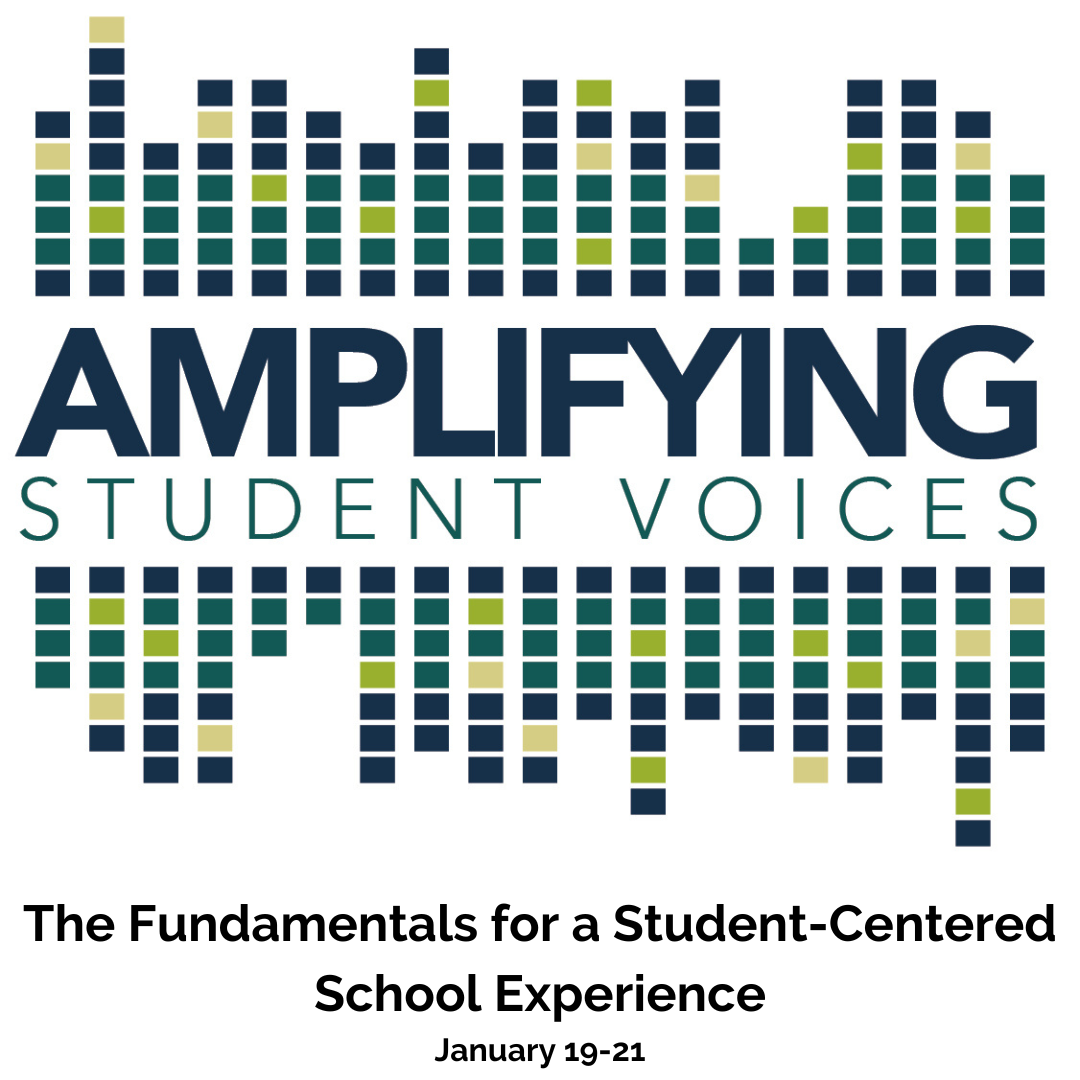We must listen to our students and support them in advocating for themselves.

Hey Advocates,
Let me start by recognizing Native American Heritage Day in the US; here's an article that you may find interesting regarding Thanksgiving.
I'm also sad, and my heart goes out to the families impacted by the senseless shooting at an LGBTQ nightclub in Colorado Springs, CO.
This week, I was in Anaheim, CA, speaking at the NCTE Conference of English Leadership. What a great audience!
You can catch a snippet of my #CEL22 journey on my Instagram.
I'd love to come to your school/organization's next event; let's chat!
What folks are saying about my keynotes

Let's get to today's topic.
As I was reading the news today, I came across this Chalkboard New York Article, “73% of NYC high schools don’t have a newspaper. Efforts are growing to fill in the gaps” by Alex Zimmerman. Zimmerman highlights how school newspapers in NYC are unequally distributed throughout the five boroughs. High schools in boroughs like Queens and Staten Island are noticeably more likely to have school newspapers than those in Brooklyn or the Bronx. According to the “Haves and Have Nots: Newspaper Prevalence Among NYC Public High Schools” research report by Geanne Belton mentioned in the article, “More than three-quarters of the schools with the highest concentrations of white and Asian American students have newspapers, while just 8% of schools with high concentrations of Black students and 16% of those with larger shares of Latino students do. Belton is a journalist, attorney, the director of the high school journalism program at Baruch College of the City University of New York, and a professor of the Department of Journalism and Writing Professions. As part of her research survey, Belton also asked if those high schools without student newspapers would be interested in establishing a student news organization. This led Belton to create a training program for educators interested in supporting student newspapers at their schools.
The article also shares the experience of a few high schoolers: Emily Ou Feng, Jose Santana, and Denise Merino, who respectively attend John Dewey High School (Brooklyn), Dr. Richard Izquierdo Health & Science Charter School (Bronx), and Manhattan’s Leadership and Public Service High School. Ou Feng’s dream of becoming an investigative journalist pushed her to find out-of-school opportunities due to having no journalism class until recently. She recalls, “I should be supported by my school, you know to pursue my passion.” That brings to question what is the responsibility of our schools to reflect the passions of their students. Santana recalled how a school newspaper could “help students to speak up for things that are happening” and promote extracurriculars other than sports. This further supports how Bronx teacher David Fulco, who participated in Belton’s training and launched a news organization at his high school, recalls that “They [students] see a newspaper as an agent of change, even more so than a student council.” Merino’s experience sheds more light on that as her high school, similar to Fulco; her school also launched a news organization due to Beltro’s training. Merino wrote a story “criticizing the school’s administration for not scheduling field trips specifically geared towards the senior class, including excursions to museums or college visits,” her principal then met with Merino and other students to come to an agreement though initially “brushed off” the idea. School newspapers have a place in student activism.
“Student journalism advocates argue that newsgathering programs are essential, offering opportunities to develop writing skills, build community, hold school leaders accountable, and develop a more racially and socioeconomically representative pipeline of professional journalists,” Zimmerman reports. Students continue to apply pressure on Chancellor David Banks to expand access to student journalism. Though the issue is not “top of mind,” he did affirm that “anything that lifts student’s voice is important to me.”
Please join me in our upcoming programming, “Amplifying Student Voices: The Fundamentals for a Student-Centered School Experience,” where we will discuss how we can prioritize our underrepresented students to empower them and equip ourselves with the tools necessary to keep them at the forefront. We will discuss how to identify other co-conspirators for our students to work collaboratively with the administration and unpack what it means to have shared language around implicit bias, microaggressions, and beyond.
Content created this week:
Show Highlights
- Progressive education
- Behaviorism
- Zero tolerance
That’s all this week,
Sheldon
Leading Equity Center Services
Special Black Friday offer, enter EARLYBIRD2022 and get $100 off your registration! Need a group rate or Purchase Order? Shoot me an email sheldon@leadingequitycenter.






